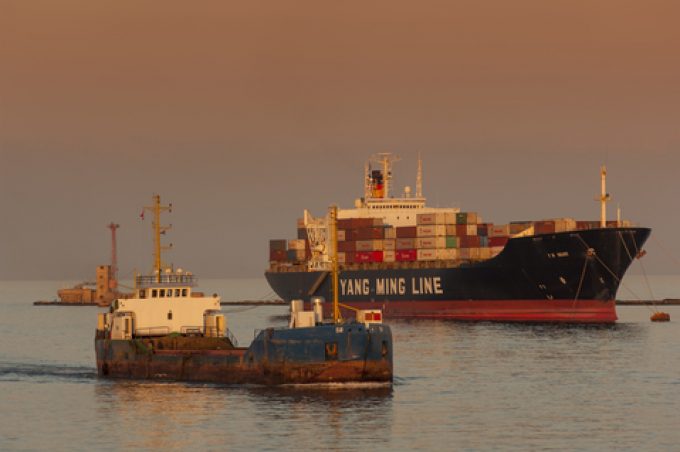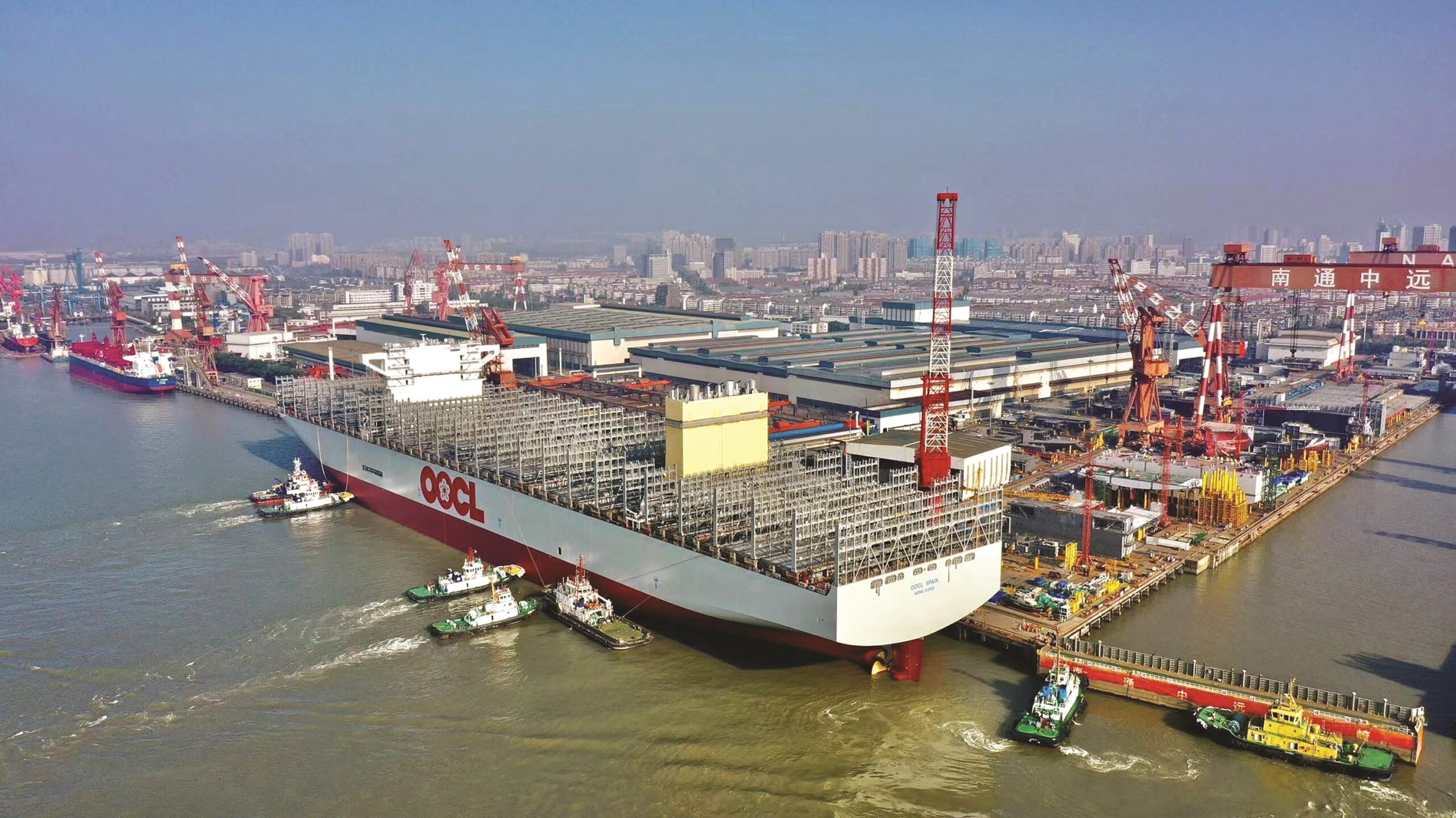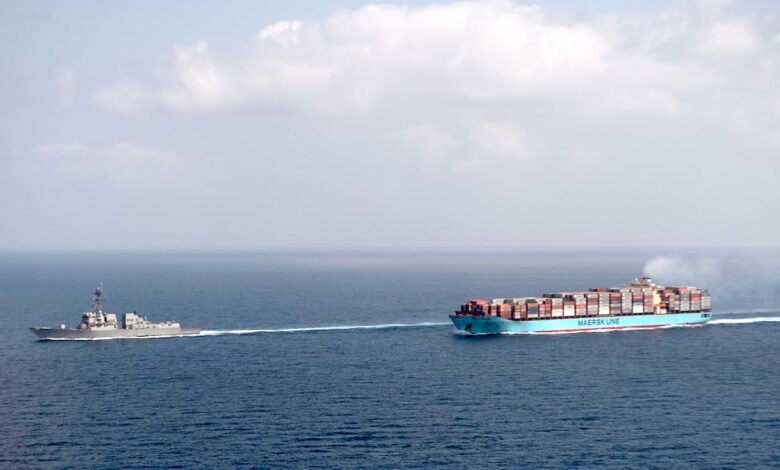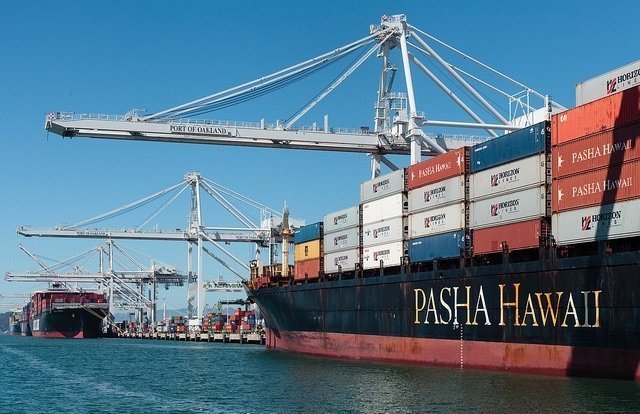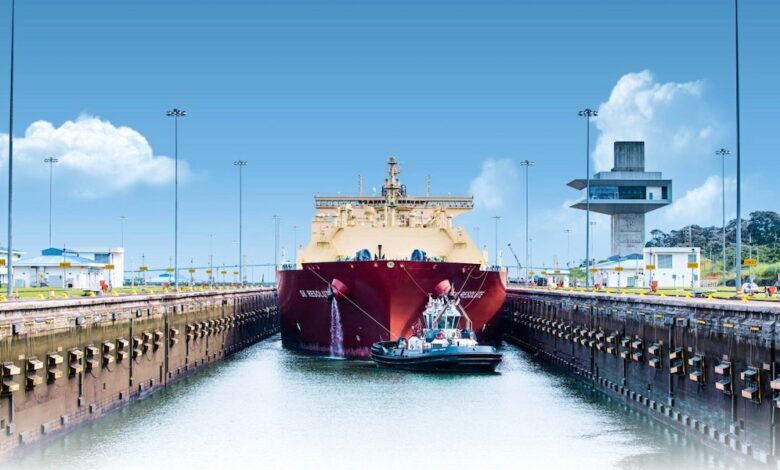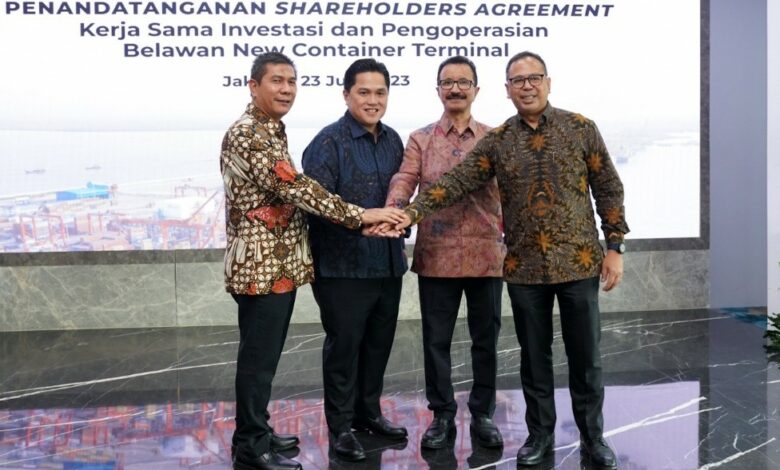Regional operators launch feeder services as mainline carriers adjust port calls
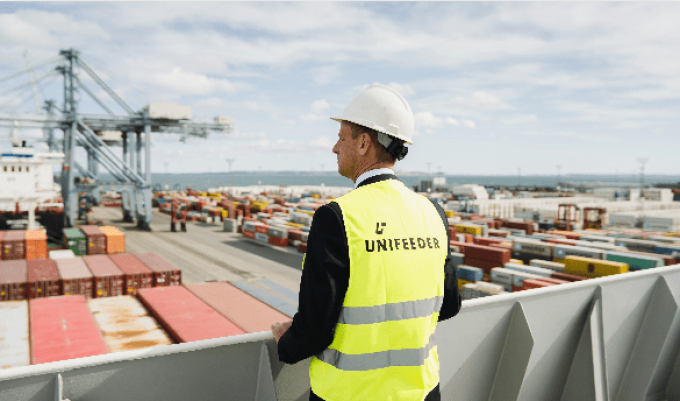
Photo: UnifeederBy
Angelo Mathais, India correspondent, Loadstar 07/05/2024
The Red Sea-altered, or ’new normal’, container flows seem to have given niche feeder and regional ship operators a “beachhead” in the supply chain service provider market, as mainline carriers re-adjust port calls to maintain service schedules.
A new feeder service between China and the Middle East by Unifeeder is the latest example of that expanded reach: the China Gulf Express (CGE) loop begins on 19 May on a declared rotation of Shanghai, Ningbo, Shekou, Jebel Ali and Shanghai.
Unifeeder explained: “This 35-day round voyage offers competitive transit times, brings China closer to the Middle East and is positioned to enable transhipment connectivity via Jebel Ali to the Persian Gulf, Red Sea, East and South Africa and Pakistan.”
Part of DP World Marine Services, Unifeeder added that CGE offered a fixed weekly schedule and would accept bookings for both dry and reefer loads.
The Denmark-based operator has significantly expanded its global service network in recent years as shortsea shipping opportunities grew amid the frequent disruptions to the traditional supply chain ecosystem. For example, in February, Unifeeder launched a Colombia-Panama route, linking Turbo, Santa Marta, Cartagena, Barranquilla and Manzanillo.
DP World Marine Services claims to have added some 20 new shipping routes since late 2022, including the Vietnam-Indonesia Service (VIS) in April 2023 and the India-Middle East Service (IMS) last August.
Last month, Unifeeder added Venezuela to its Latin American network and, looking to expand operations in the region, this month opened its first office in Panama City, which it called “a key step forward in our strategy to become the logistics partner of choice in the region”.
From a broader trade perspective, the heightened industry focus around transhipment came as the detour from the Suez Canal via southern Africa forced long-haul carriers to suspend or scale back direct calls to many Persian Gulf ports.
To deal with these connectivity challenges, major lines like MSC and CMA CGM have opened an array of intra-Gulf feeder connections to aggregate cargo for available capacity. The Sri Lankan port of Colombo has been a notable beneficiary, logging a 24% year-on-year increase in Q1 transhipment volumes, according to available data.
“The disrupted market and service reliability pressures is conducive for shortsea service providers to sell their offerings,” an industry observer told The Loadstar, adding: “Shortsea demand will continue to build, as the container industry seems to be in a period of prolonged volatility.”
And other regional carriers have also joined the race for market share gains. Dubai-based Emirates Shipping Line has announced a two-string revamped network between South-east Asia, India and the Gulf to replace its Vietnam-Gulf-India service. Starting 16 May, the first new loop will rotate Laem Chabang, Singapore, Port Klang, Nhava Sheva, Jebel Ali, Dammam, Nhava Sheva and Port Klang.
The second ESL loop will feature calls at Port Klang, Cai Mep, Jakarta, Port Klang, Mundra, Jebel Ali, Dammam, Mundra, Port Klang and Laem Chabang.
“The call at Jakarta marks ESL’s expansion into the Indonesian market,” said the carrier. “The country presents immense potential, with a positive macroeconomic outlook and a strong domestic market.”

